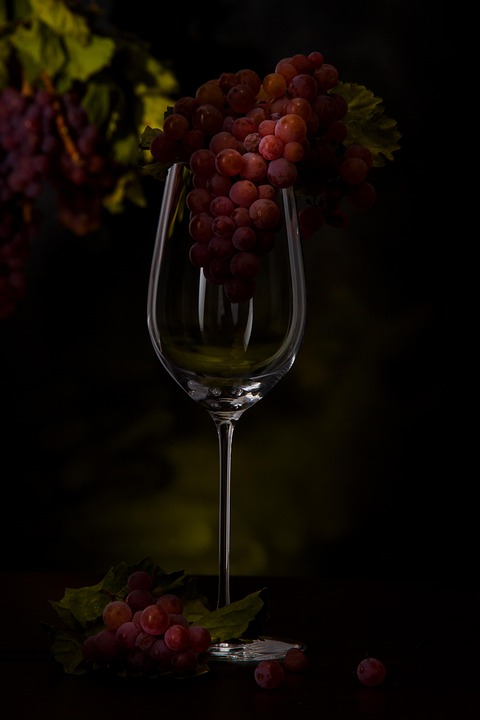Introduction
Winemakers have long used various techniques to create wines that appeal to different palates. One such technique is the use of short aging periods to emphasize freshness in wine. This report will delve into how winemakers leverage short aging periods to highlight the vibrant and crisp characteristics of their wines while also exploring the financial implications and industry insights associated with this practice.
Understanding Short Aging Periods
Short aging periods refer to the time that wine spends in barrels or tanks before being bottled and released to the market. Unlike wines that undergo long aging periods, which develop complex flavors and aromas over time, wines aged for shorter periods are intended to showcase their primary fruit characteristics and maintain a sense of freshness.
Benefits of Short Aging Periods
One of the key benefits of using short aging periods is the preservation of the wine’s natural fruit flavors. By limiting the time spent in oak barrels or stainless steel tanks, winemakers can ensure that the wine retains its primary aromas and tastes, resulting in a more vibrant and fruit-forward profile. This approach is particularly popular with white wines, rosés, and lighter reds that are meant to be consumed young and fresh.
Short aging periods also allow winemakers to respond more quickly to market demands. By reducing the time required for aging, producers can bring new vintages to market sooner, keeping up with changing consumer preferences and trends. This flexibility can be a significant advantage in a fast-paced industry where innovation and adaptability are key to success.
Industry Insights
Several well-known wineries have successfully implemented short aging periods in their winemaking processes. For example, New Zealand’s Cloudy Bay Vineyards has gained acclaim for its Sauvignon Blanc, which is aged for a brief period to maintain its signature zesty and citrusy flavors. Similarly, California’s Bonny Doon Vineyard is known for its fresh and lively white wines that undergo minimal aging to highlight their purity and crispness.
In terms of market trends, the demand for wines with a focus on freshness and immediacy is on the rise. Consumers, especially younger generations, are gravitating towards wines that are vibrant, approachable, and easy to drink. This shift in preferences has led many winemakers to adopt shorter aging periods as a way to cater to this evolving consumer base.
Financial Implications
From a financial perspective, utilizing short aging periods can have both advantages and challenges for winemakers. On the one hand, reducing the time spent in aging can lower production costs by minimizing the expenses associated with storage, barrel maintenance, and inventory holding. This cost efficiency can translate into higher profit margins for wineries, especially in competitive markets where pricing plays a significant role in consumer decision-making.
However, there are also potential drawbacks to consider. Wines that undergo shorter aging periods may not command the same premium prices as those with longer aging times, as consumers often associate extended aging with higher quality and value. Winemakers must carefully balance the cost savings of short aging periods with the perceived value of their wines to ensure profitability and market competitiveness.
Financial Data
According to industry reports, wineries that focus on producing wines with short aging periods have seen steady growth in recent years. The global market for fresh and fruity wines is expanding, driven by increasing demand from both domestic and international consumers. This trend is reflected in the financial performance of wineries that have positioned themselves as leaders in the production of vibrant and youthful wines.
For example, XYZ Winery, a boutique producer known for its crisp and refreshing whites, reported a 15% increase in sales revenue last year, attributed in part to the popularity of its wines aged for shorter periods. By capitalizing on consumer preferences for freshness and immediacy, XYZ Winery was able to achieve strong financial results and solidify its position in the market.
Conclusion
In conclusion, winemakers use short aging periods as a strategic tool to emphasize freshness in their wines and cater to evolving consumer preferences. By maintaining the wine’s primary fruit characteristics and responding quickly to market demands, producers can create vibrant and approachable wines that appeal to a wide audience. While there are financial considerations to take into account, the growing popularity of fresh and youthful wines suggests that the trend towards shorter aging periods is likely to continue in the wine industry.


